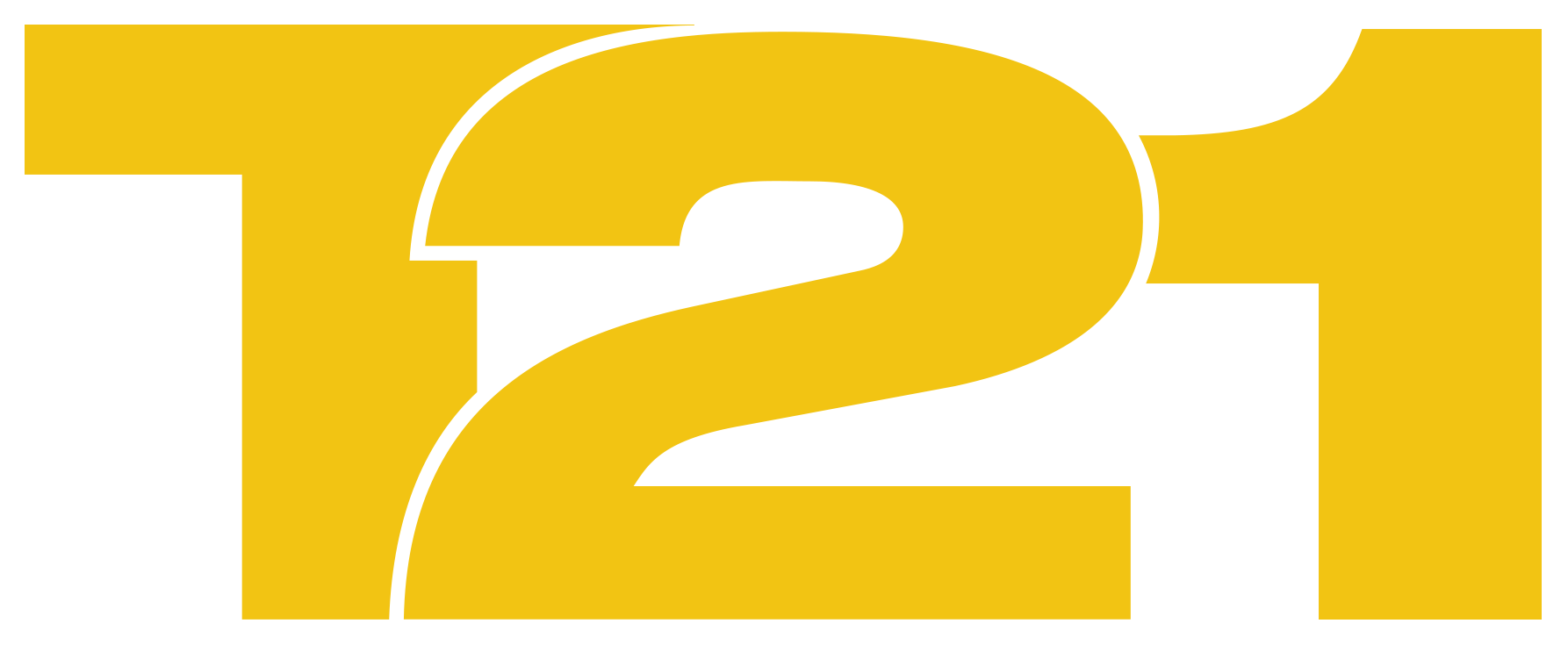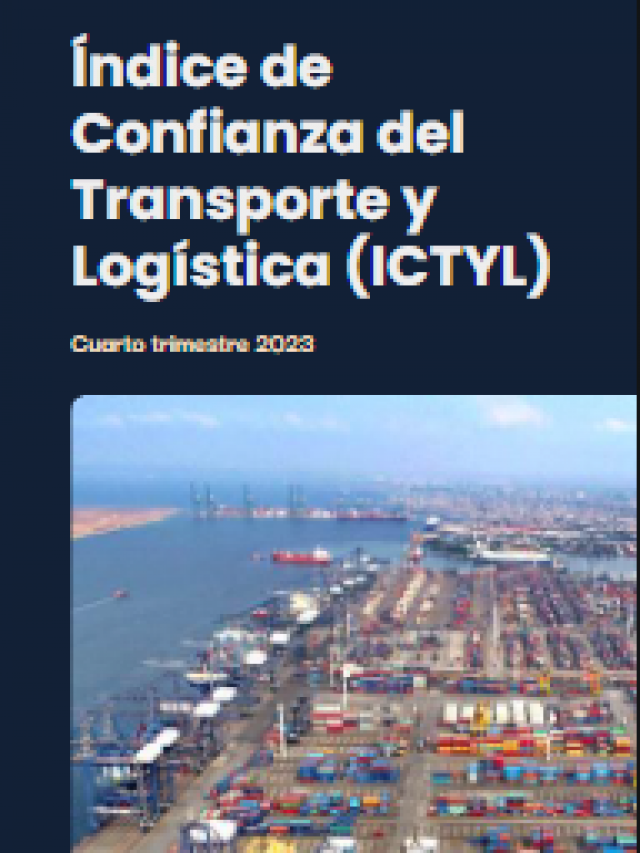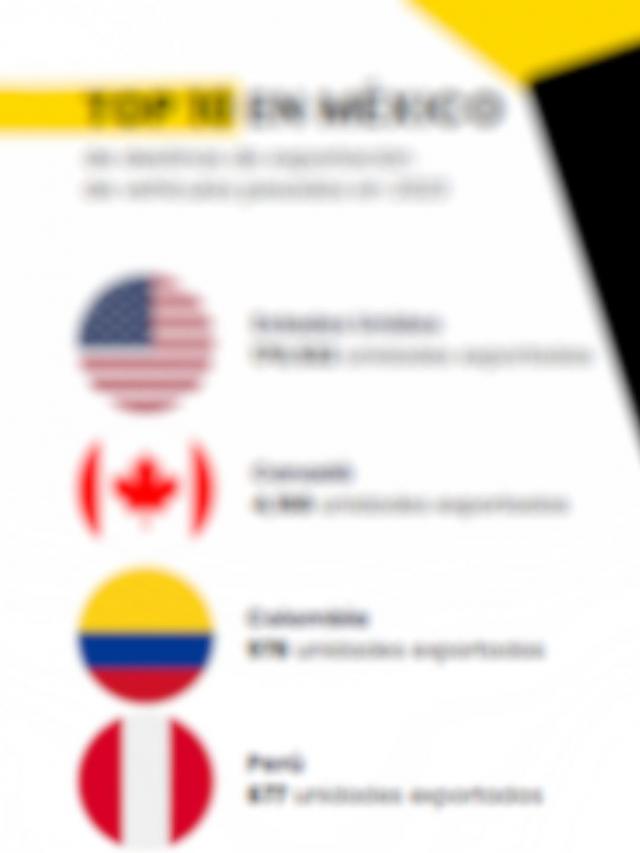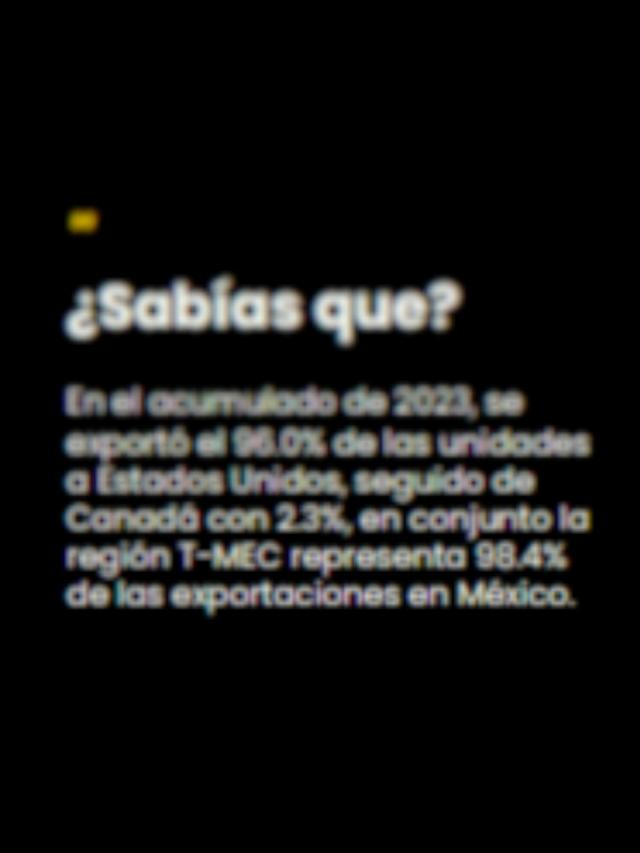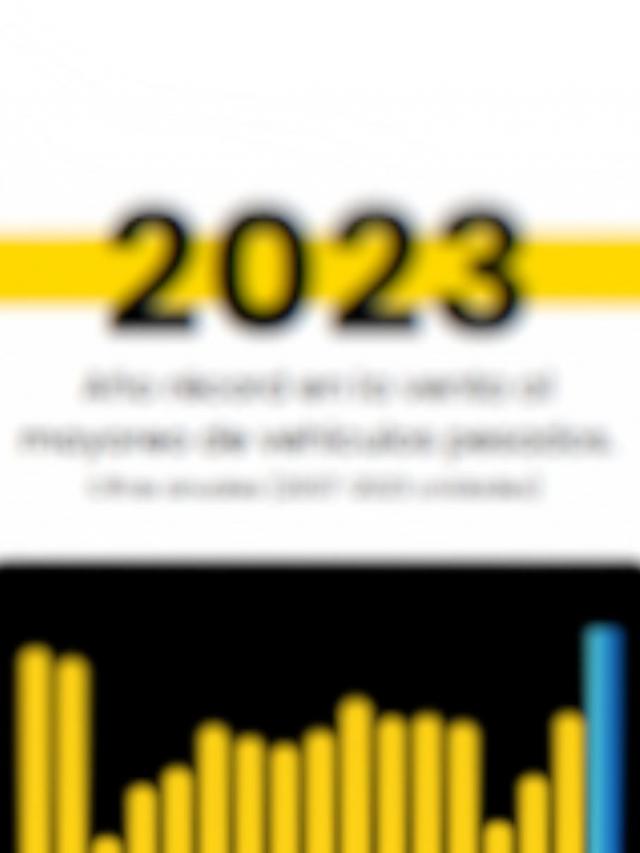
Algorithms have revolutionized the way businesses operate, and their impact on supply chains has been most evident, enabling automated decision-making, reducing costs, and streamlining logistics, as Amazon Mexico has done by using advanced Artificial Intelligence (AI) and machine learning models to improve its processes.
“The interesting thing about Amazon’s technology is that we’re always thinking about how to make things faster. We want to make same-day deliveries, and to do that, our algorithm or system ensures that the pickup route is as short as possible between packages,” said Miguel López, senior manager of Amazon Operations.
During the visit to its MEX3 warehouse , located in Tepotzotlán, State of Mexico, the largest in the region with 100 thousand square meters (m 2 ) and more than 1,100 collaborators , Amazon Mexico showed the capacity it has to optimize its logistics processes, using advanced algorithms, from the entry of merchandise to the warehouse to the shipment of the products.
Random stowage
One of the first steps in the fulfillment chain is receiving the product from the supplier and placing it on the shelves. In this step, Amazon uses a method called random stowage, which avoids the need to categorize products and is performed randomly by the inbound team .
Items are randomly placed on racks , where they are recorded and stored. In this step, algorithms continuously analyze inventory, storage capacity, and product location, ensuring efficient distribution without generating unnecessary trips for operators.
The next phase is picking, which is handled by the operations team, who are responsible for finding the products in the warehouse and packing them for shipping. When a customer makes a purchase, it is uploaded to the Amazon cloud and processed; the algorithm determines the most suitable distribution center based on factors such as product availability, logistics costs, and optimal delivery time.
 Picking and dividing products
Picking and dividing products
After this step, called picker or picking , the algorithm refers to the location where the product is in the warehouse and with the order picker equipment it goes to the exact location where the scanner indicates the products to be sent in the orders are located.
Once the packages are collected, there are three processing streams: multi- products , which include orders that include more than one product for the same customer; single- products, which is a single product for a single destination; and oversized products, which, due to their size, cannot be processed through conventional systems and require another form of shipping.
After processing, the products are inspected to ensure they meet all quality specifications, are not damaged, and are the exact items the user ordered through the site.
To facilitate this process, Amazon uses a scanner that provides information about each item, streamlining verification and registration. Once the data is validated, the items are placed in containers for packaging and shipping.
 Optimizing shipments
Optimizing shipments
The use of algorithms has also optimized shipping, allowing for same-day delivery. When a user makes a purchase, the first item they select isn’t immediately sent for pickup, but instead is held for a specified period.
This time allows us to assess whether the user will make another purchase within the same waiting window, so we can group the items into a single package and fulfill the delivery. However, if there isn’t a second purchase within the estimated time, the first item is released and shipped separately.
 The MEX3 warehouse is one of Amazon’s 13 shipping centers in Mexico. The rest are located in the State of Mexico, Baja California, Jalisco, Sonora, Guanajuato, and Nuevo León. It has three sorting centers and 25 delivery stations strategically distributed throughout the country. This entire logistics ecosystem has a clear objective: to maximize cost and shipping time efficiency through the use of advanced algorithms.
The MEX3 warehouse is one of Amazon’s 13 shipping centers in Mexico. The rest are located in the State of Mexico, Baja California, Jalisco, Sonora, Guanajuato, and Nuevo León. It has three sorting centers and 25 delivery stations strategically distributed throughout the country. This entire logistics ecosystem has a clear objective: to maximize cost and shipping time efficiency through the use of advanced algorithms.
Comment and follow us on X: @miroslavacs / @GrupoT21
